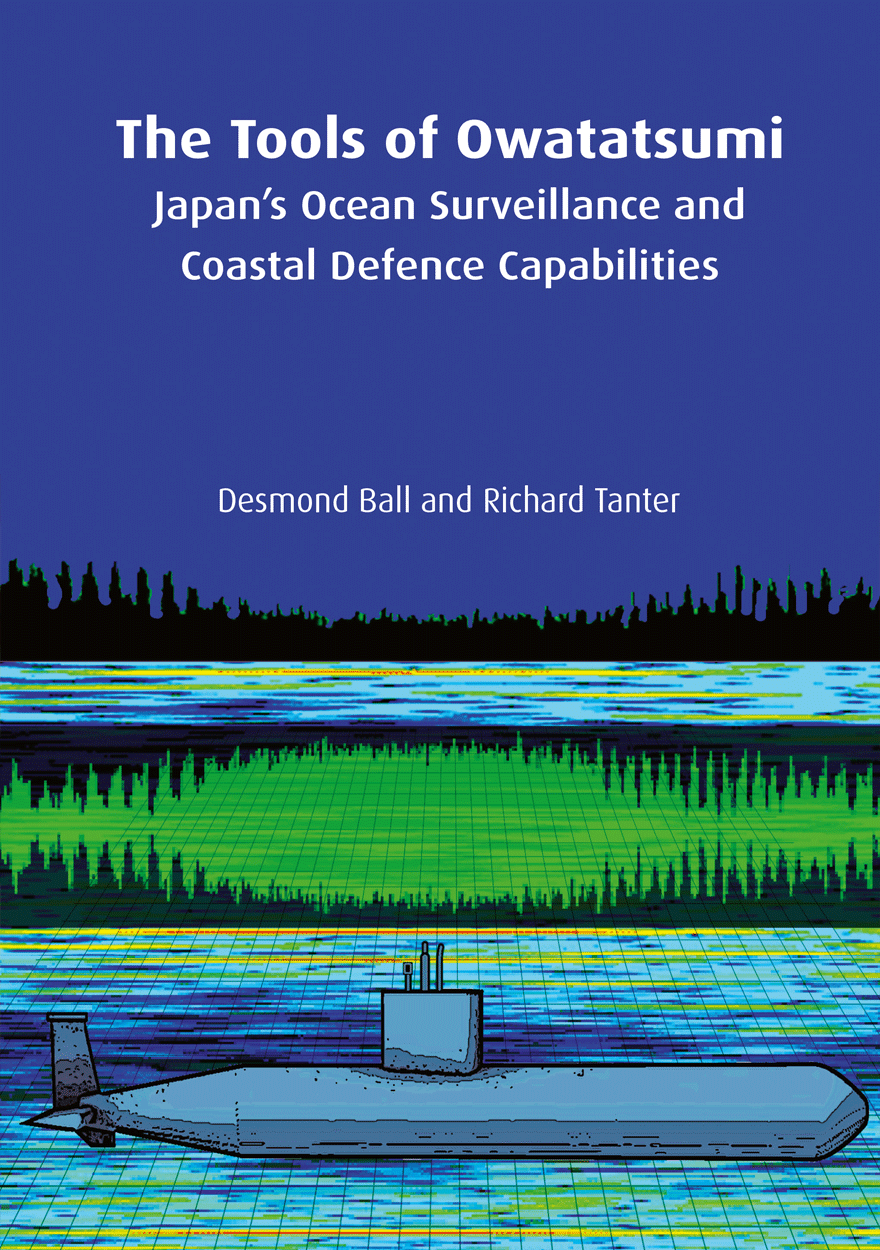
The Tools of Owatatsumi
Japan’s Ocean Surveillance and Coastal Defence Capabilities
Authored by: Desmond Ball, Richard TanterPlease read Conditions of use before downloading the formats.
Description
Japan is quintessentially by geography a maritime country. Maritime surveillance capabilities – underwater, shore-based and airborne – are critical to its national defence posture. This book describes and assesses these capabilities, with particular respect to the underwater segment, about which there is little strategic analysis in publicly available literature.
Since the end of the Cold War, Chinese oceanographic and navy vessels have intruded into Japanese waters with increasing frequency, not counting their activities in disputed waters such as around the Senkaku (Diaoyu) Islands and Okinotorishima where China and Japan have overlapping territorial claims. These intrusions have increasingly involved warships, including submarines, sometimes acting quite aggressively.
Japan maintains an extraordinary network of undersea hydrophone arrays, connected to shore-stations which are typically equipped with electronic intelligence (ELINT) systems, for monitoring, identifying and tracking submarine and surface traffic in its internal straits and surrounding seas. Some parts of this network are operated jointly with, and are of crucial importance to, the US Navy.
Japan’s superlative submarine detection capabilities would be of decisive advantage in any submarine engagement. But the relevant facilities are relatively vulnerable, which makes them very lucrative targets in any conflict. This introduces compelling escalatory dynamics, including the involvement of US forces and possible employment of nuclear options.
Details
- ISBN (print):
- 9781925022261
- ISBN (online):
- 9781925022278
- Publication date:
- Jan 2015
- Imprint:
- ANU Press
- DOI:
- http://doi.org/10.22459/TO.01.2015
- Disciplines:
- Science: Earth & Marine Sciences; Social Sciences: Military & Defence Studies
- Countries:
- East Asia: China, Japan; North America
PDF Chapters
Please read Conditions of use before downloading the formats.
- Preliminary pages (PDF, 144KB)
- Frontispiece (PDF, 657KB)
- Plates (PDF, 4.7MB)
- Acknowledgements (PDF, 45KB)
- Acronyms and Abbreviations (PDF, 96KB)
- Introduction (PDF, 134KB)
- Post-Cold War Intrusions into Japanese Waters (PDF, 444KB)
- The JMSDF’s Ocean Surveillance Architecture (PDF, 366KB)
- The Japanese Ground Self-Defense Force (JGSDF) (PDF, 345KB)
- The Organisation of the JMSDF: The High Command, Fleet Bases and Regional Districts (PDF, 525KB)
- Japanese Undersea Surveillance Systems, 1920–45 (PDF, 1.1MB)
- Technical Developments since 1945 (PDF, 337KB)
- US SOSUS Stations (PDF, 497KB)
- JMSDF ELINT/Undersea Surveillance Stations (PDF, 977KB)
- Airborne Ocean Surveillance (PDF, 527KB)
- JMSDF SIGINT Collection and Ocean Surveillance Ships (PDF, 580KB)
- The US Ocean Surveillance Information System (OSIS) (PDF, 513KB)
- The Maritime Safety Agency (MSA)/ Japan Coast Guard (JCG) (PDF, 483KB)
- Assessment of Japan’s Ocean Surveillance Capabilities (PDF, 179KB)
Other publications that may interest you













